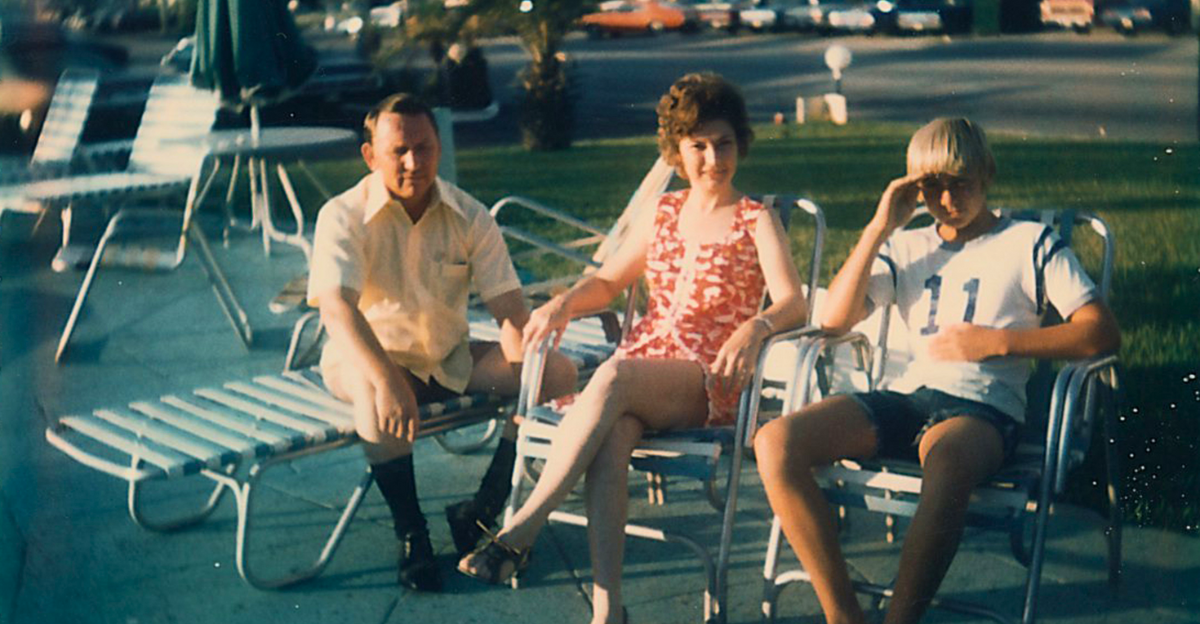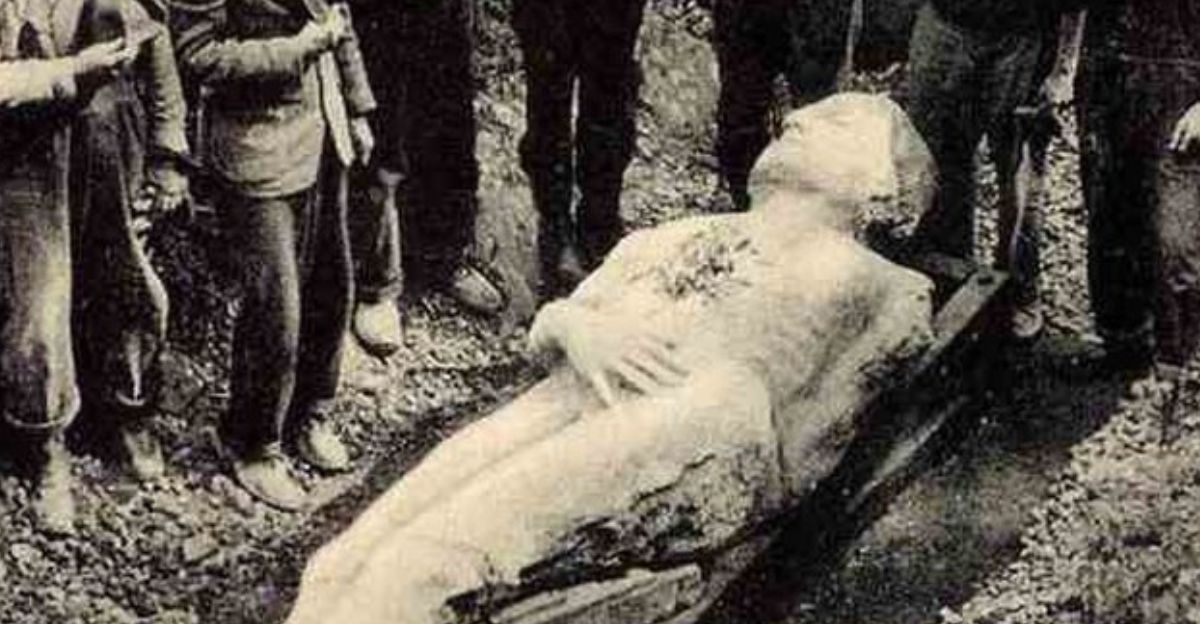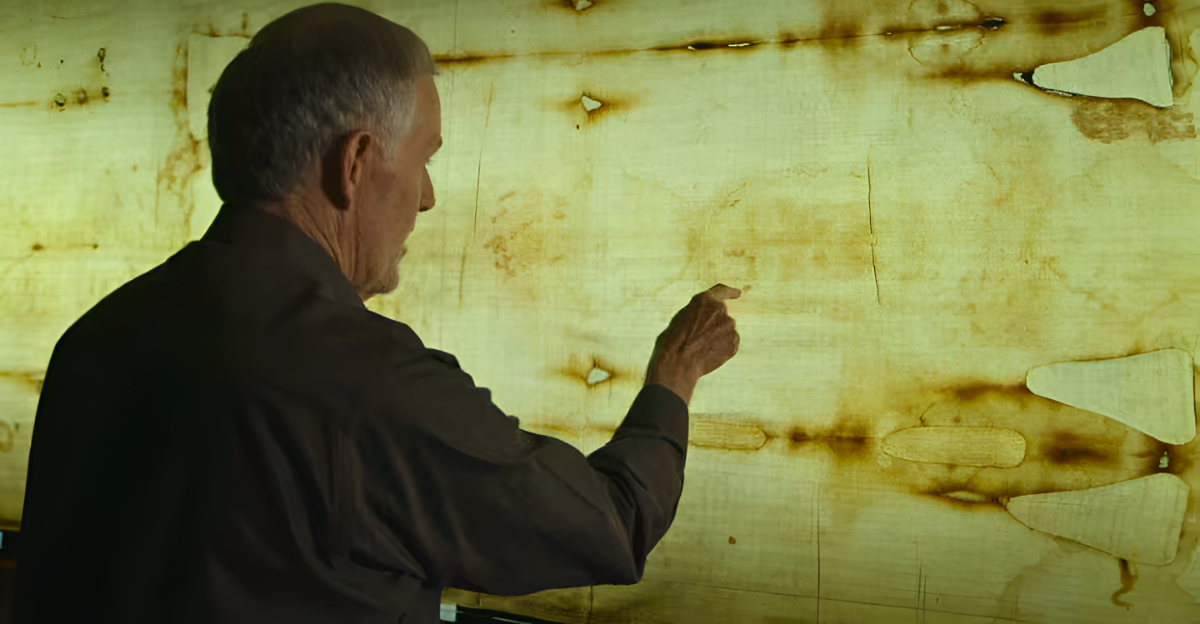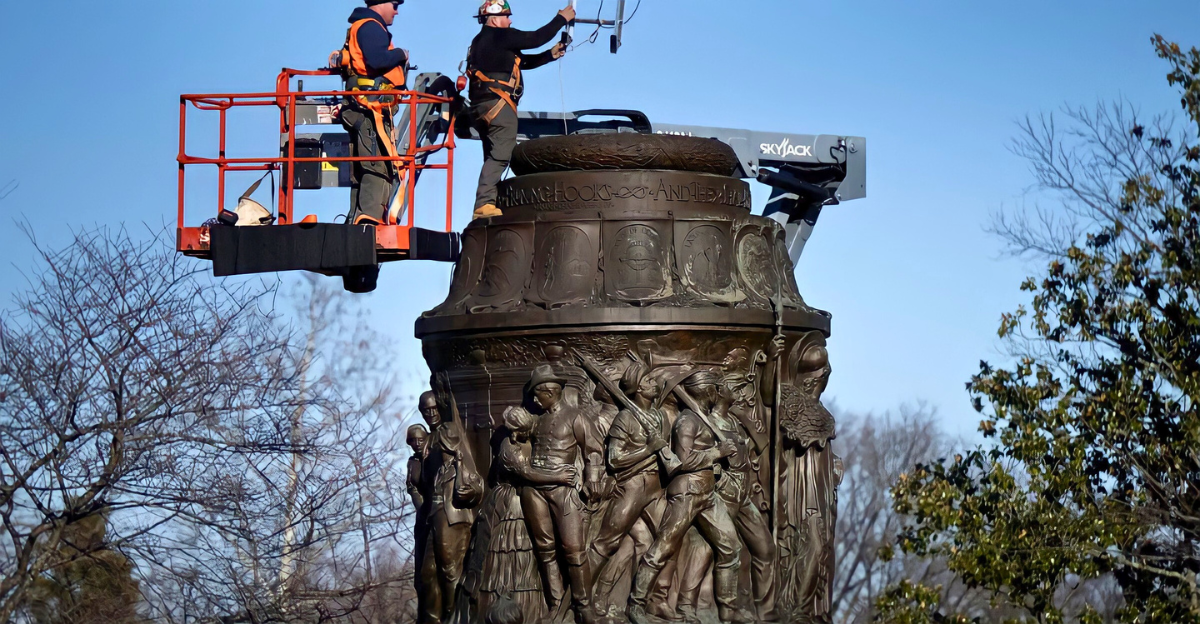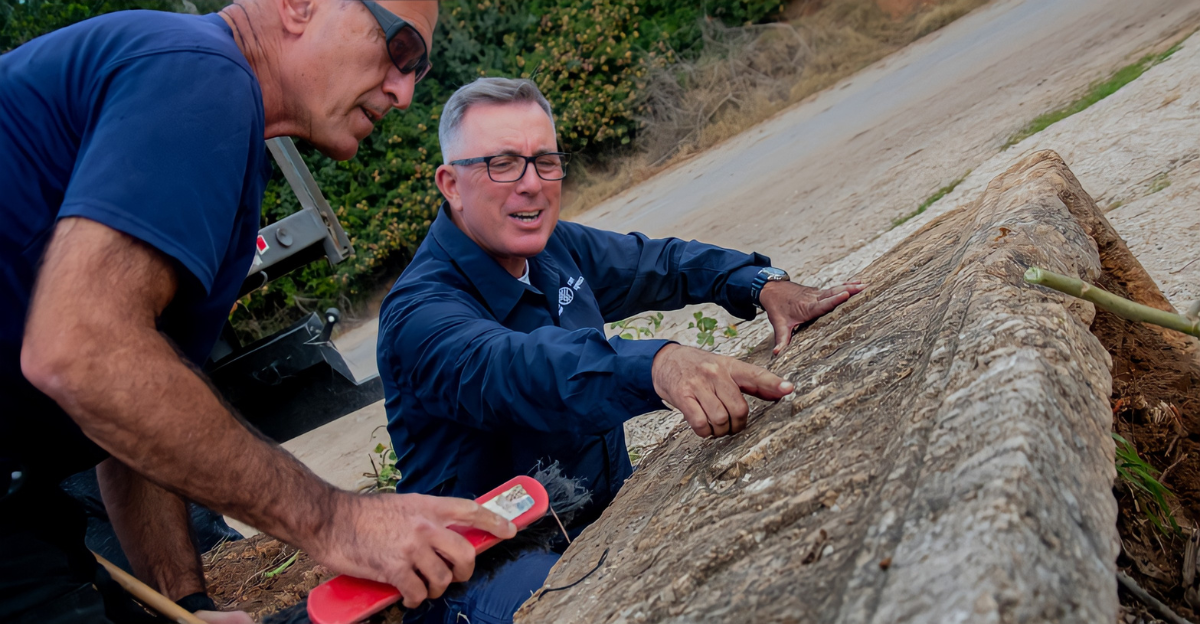
June 2025 marks an exciting time in Caesarea, Israel. Archeologists made a shocking discovery of a beautiful Roman sarcophagus!
It could be dated back almost 1,700 years and caught the eye of many due to its breathtaking craftsmanship and traditional carvings of that time.
This finding opens many doors into Caesarea’s heritage and provides a little more information on how loved ones were buried during the Roman period. Let’s learn more about this rare find and what the future holds!
The People Behind the Discovery
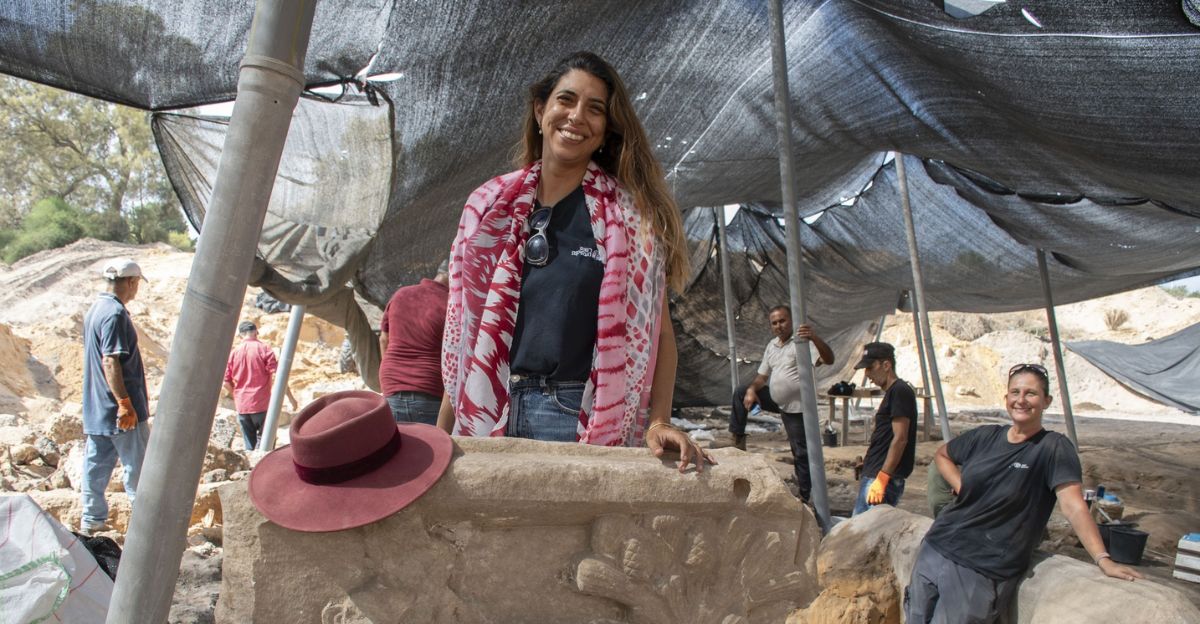
This exciting discovery was made by a team of archaeologists from the Israel Antiquities Authority (IAA), led by Dr. Nohar Shahar and Dr. Shani Amit. These experts have been digging around for many years, hoping to discover more about this stunning city someday.
Lucky for them, with the help of their team and careful work, they were able to dig out this delicate artifact. “It was like a scene out of a movie. As we uncovered the sarcophagus, the detailed carvings of gods and animals amazed us. This is a unique find that tells a fascinating story about life and death in Roman Caesarea.” said Dr. Nohar Shahar.
So, What Exactly is the Sarcophagus?
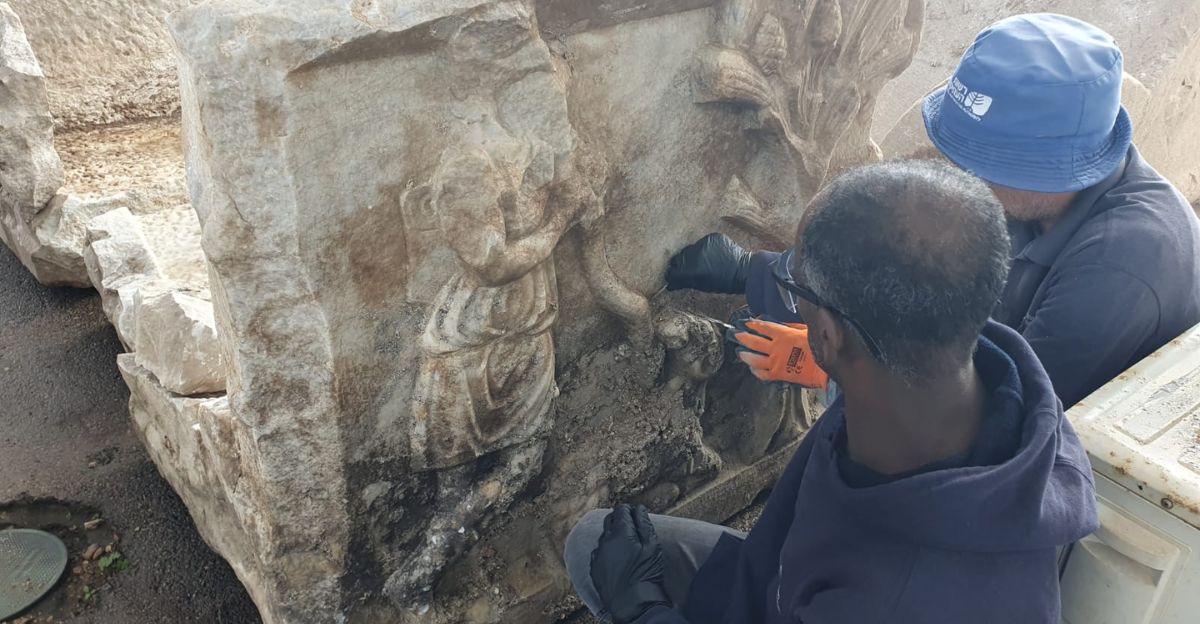
The sarcophagus is a large marble coffin with a detailed carving of a scene that represents a drinking contest between the Greek god Dionysus and the hero Hercules. The coffin is amazingly well preserved after all these years, still showing figures of gods, animals, and attendants. The chances are good that this coffin belonged to an important individual by showing their status during the Roman times.
Dr. Nohar Shahar of the Israel Antiquities Authority explained, “There was no local production of marble in ancient Israel. This sarcophagus was imported, likely from northwestern Turkey, where several prominent marble workshops operated. Most of the carving was probably done there, with the final touches completed here.”
Do We Have a Time-Frame on When The Sarcophagus Was Created?
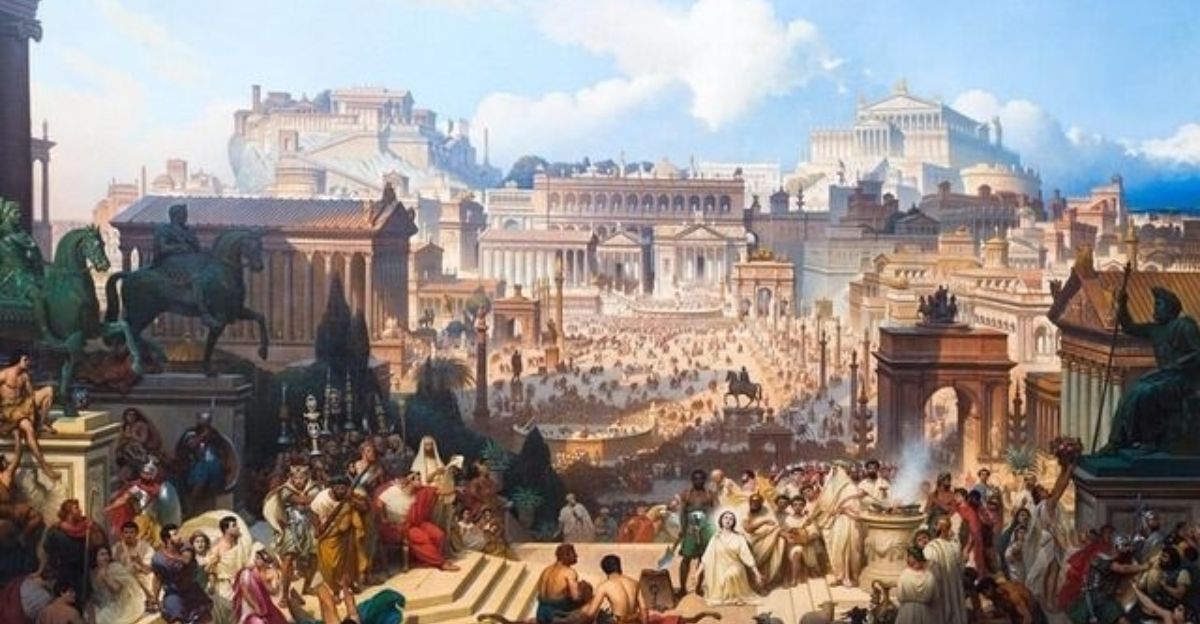
The sarcophagus was made during a great time when people from many different cultures—Roman, Greek, and local groups—mixed their ideas and art styles. This dates back roughly 1,700 years ago in the late Roman period. Caesarea was a meeting place for many of these cultures during this time.
We can see that in this sarcophagus because it shows a mixed scene showing ideas about death and what comes after. Archaeologist Dr. Nohar Shahar said, “This sarcophagus offers an unusual perspective of the idea of death—not as an end, but as the beginning of a new path.” She further explained that this drinking contest scene symbolized a happy passing to the afterlife, where freedom and celebration are represented by drinking and dancing.
Where Exactly Was the Sarcophagus Found?
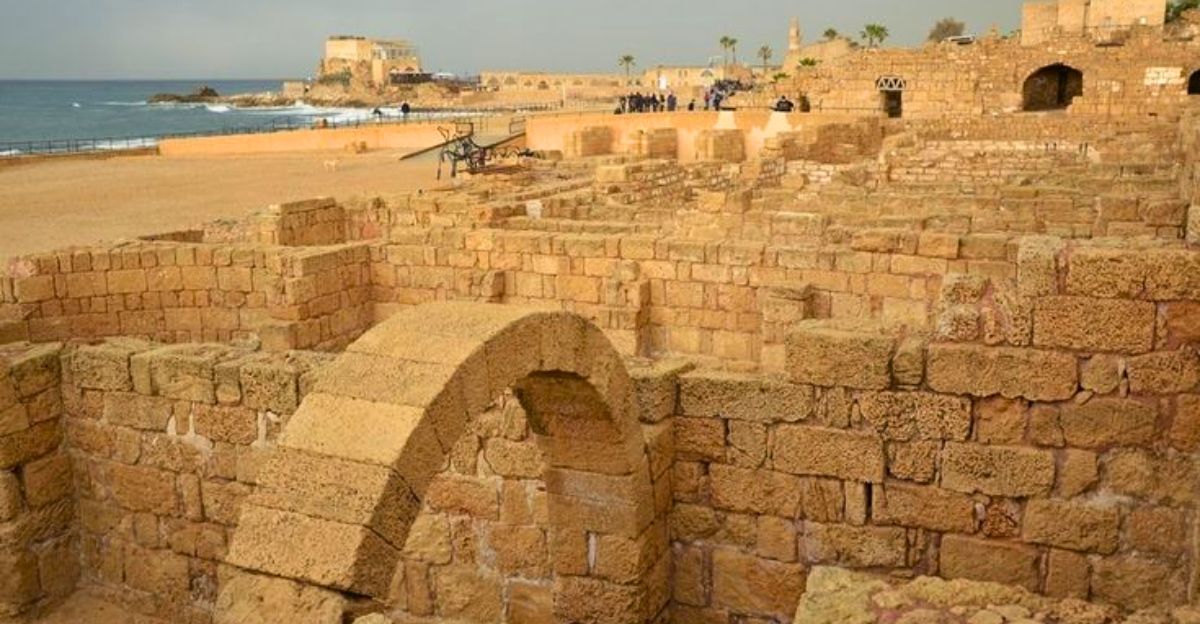
The team of archaeologists discovered the sarcophagus outside the old city walls of Caesarea, in a place thought to be a wealthy neighborhood or a burial area called a necropolis. By finding this, it shows that the city was bigger than people thought, and now we have learned that the rich lived outside of the main city center.
This opens the possibility of finding even more hidden treasures and learning about how people lived in those parts. “The location of the sarcophagus surprises us. It shows that the city’s outskirts were home to wealthy families who could afford such luxurious burials. This changes how we see Caesarea’s size and social life.” said Dr. Shani Amit.
Eli Escusido, director of the Israel Antiquities Authority, added, “This find encourages us to explore more outside the known city limits. There is still much to discover about Caesarea’s past, especially in its suburbs and burial grounds.”
Is This Discovery Important?
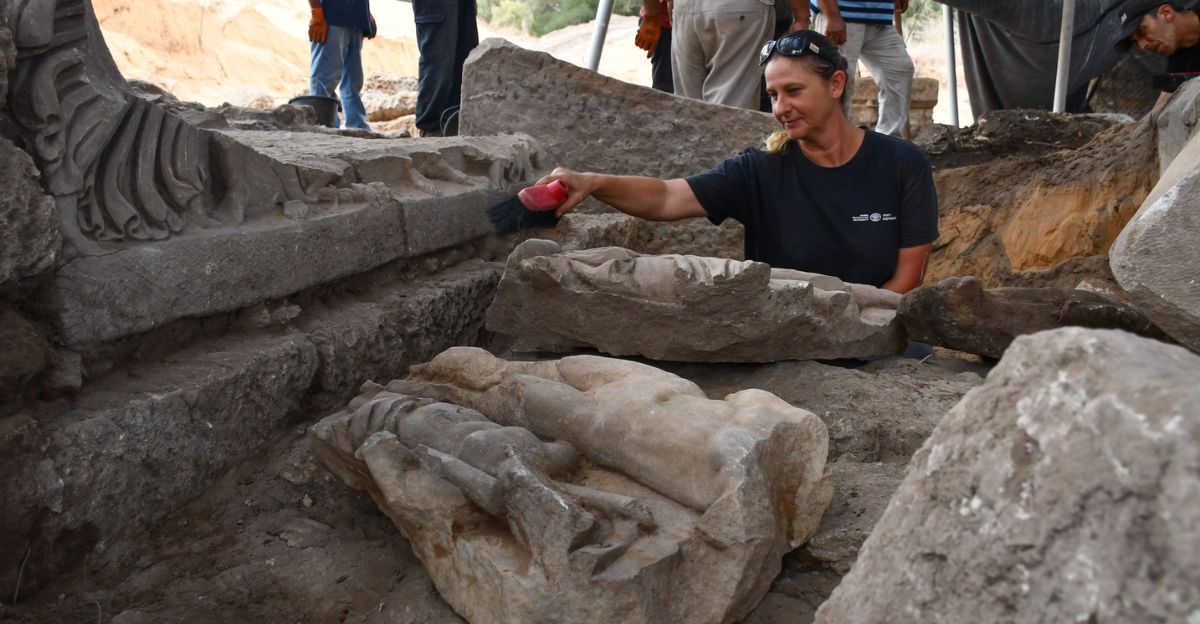
Eli Escusido, director of the Israel Antiquities Authority, said, “Every new discovery like this sarcophagus helps us fill in the gaps of history. It reveals hidden stories about ancient societies and their values.”
This discovery allows us to understand what the Romans thought about death and the afterlife. We can see that it was important for them to express their identities and beliefs through this art. That is what makes this discovery important. We need to keep digging and studying to learn more about the history of these ancient places.
Caesarea’s Archaeology History
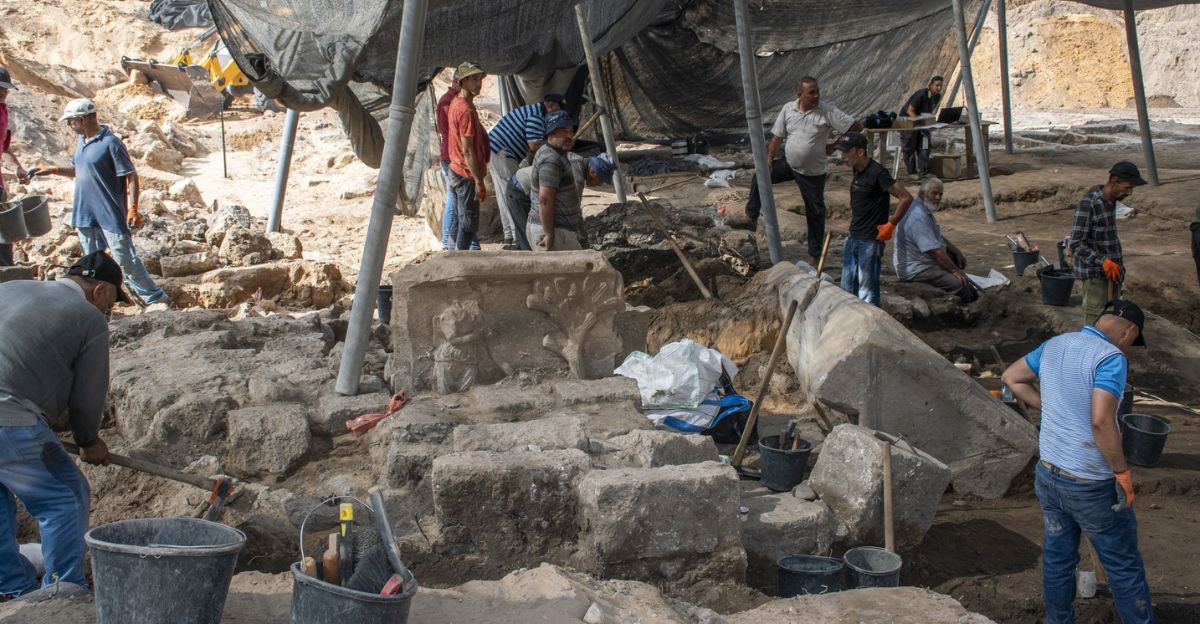
For many years, Caesarea has been like a treasure chest for archaeologists, being able to find some fantastic items like Roman theaters, aqueducts that carried water, colorful mosaics, and other stone coffins called sarcophagi. Even though there have been numerous discoveries, none have been as artistically detailed and special as this new sarcophagus.
Dr. Shani Amit said, “Caesarea has always been full of surprises. Each discovery helps us understand the city’s rich and diverse past better. This sarcophagus is one of the most beautiful and meaningful finds we’ve ever made here.” Eli Escusido, director of the Israel Antiquities Authority, added, “This find confirms Caesarea’s role as a cultural melting pot in ancient times. It reminds us how much more there is to discover beneath the surface.”
The Restoration and Conservation Process Explained
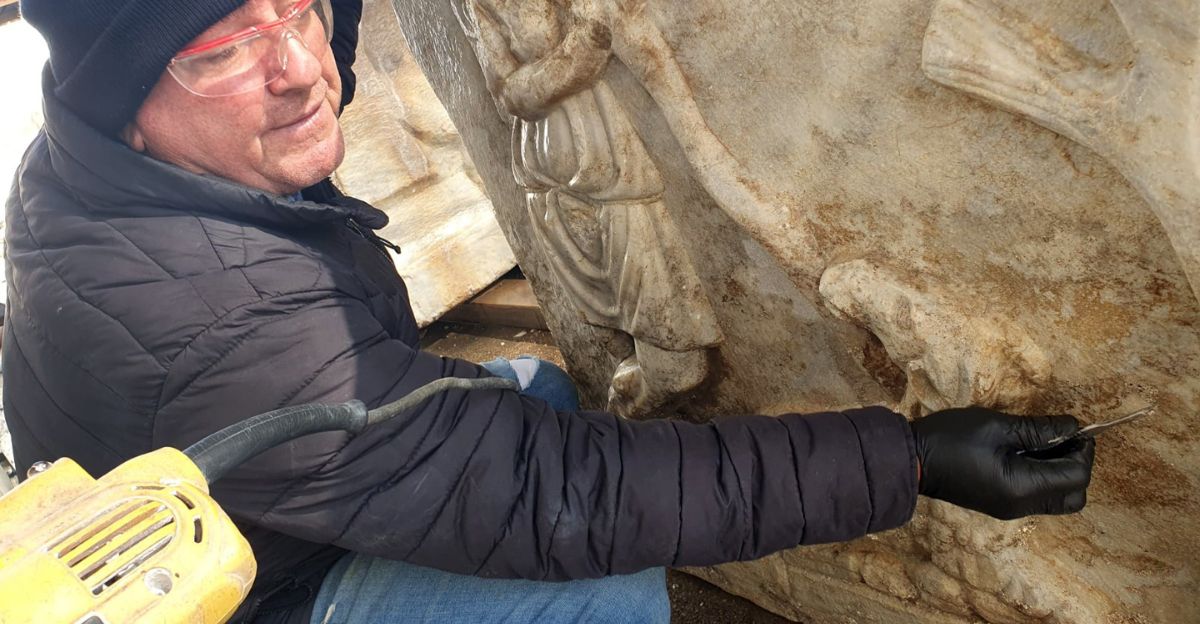
After finding the sarcophagus, a team of experts from the Israel Antiquities Authority (IAA) worked together to carefully restore this work of art. Being buried for so many years meant that it was broken into many pieces, but the team was able to gently clean each part and put it back together again, like building a big puzzle.
Dr. Nohar Shahar said, “The restoration process is like giving new life to this ancient masterpiece. It allows us to see the full story carved into the marble and share it with the world.” The restoration of this sarcophagus shows how history and science can truly come together to protect as well as celebrate the past. “Thanks to modern conservation methods, we can preserve such treasures and make sure they remain part of our cultural heritage for future generations,” said Eli Escusido. Hopefully, it will be ready to be shown in museums shortly!
Will There Be Any Future Excavations?
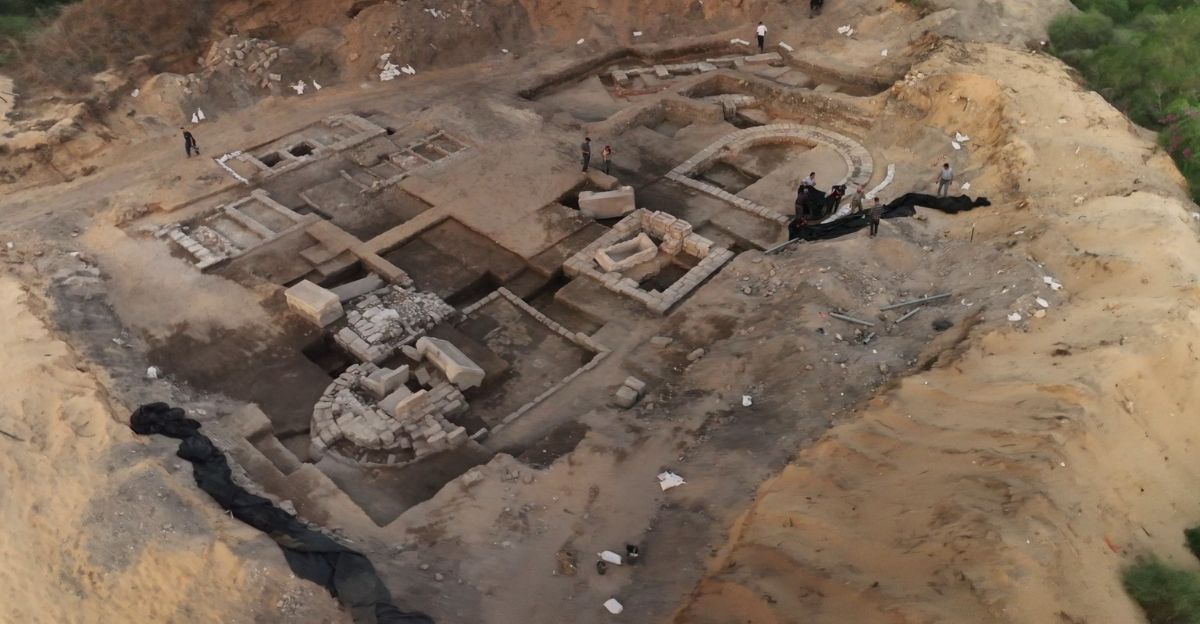
Eli Escusido, director of the Israel Antiquities Authority, said, “With advanced technology, we can explore larger areas and protect the site while discovering more about the city’s past. Each new find helps us understand the people who lived here and how they interacted with the wider world.”
In finding this sarcophagus, it has renewed an energy to plan for more digging and exploring on the outskirts of Caesarea. Archaeologists plan to use high-tech tools like ground-penetrating radar, which can “see” underground without digging too much, which means that hidden buildings and artifacts can be found quickly and safely.
A Historical Treasure That Inspires The Future
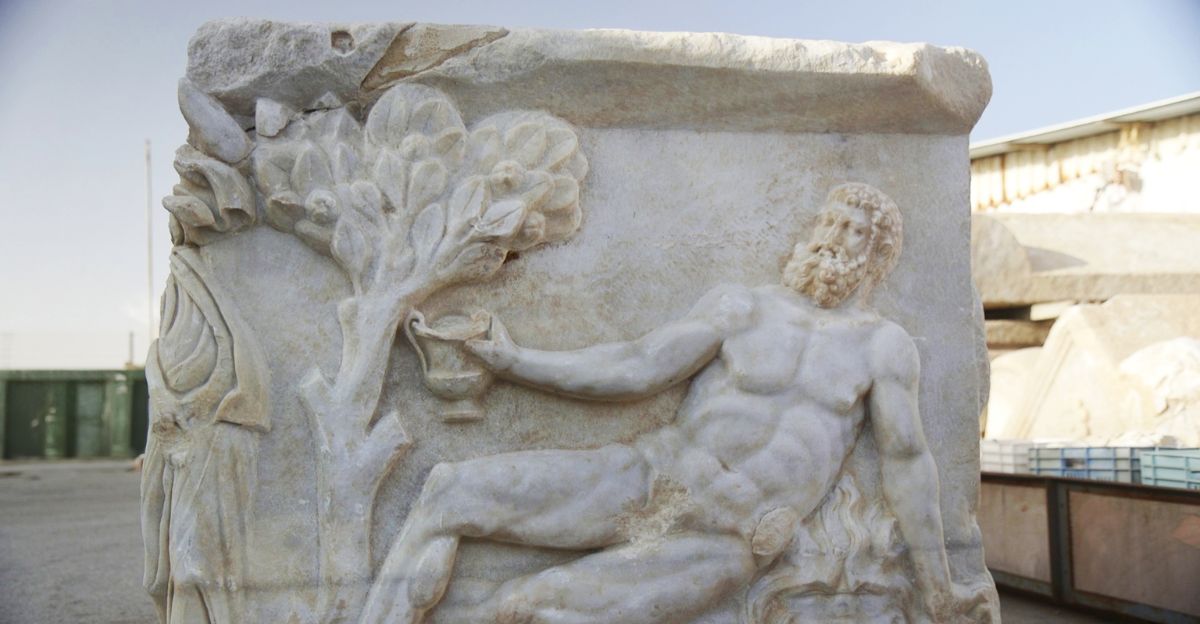
This discovery shows that archaeology isn’t just about dusty old things—it’s about bringing the past back to life! It helps us get to know the real people who lived long ago and the stories that helped shape our world into what it is today.
The sarcophagus is a fun reminder that history is full of exciting lives, beliefs, and creativity that still inspire us today.


